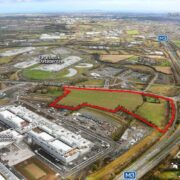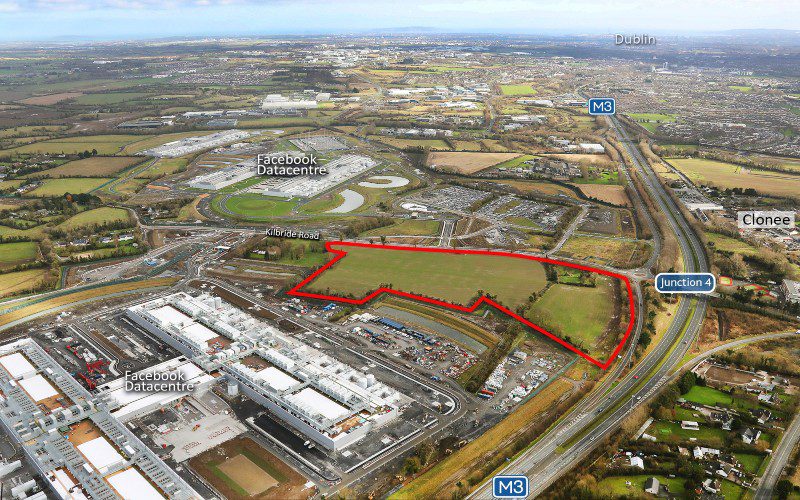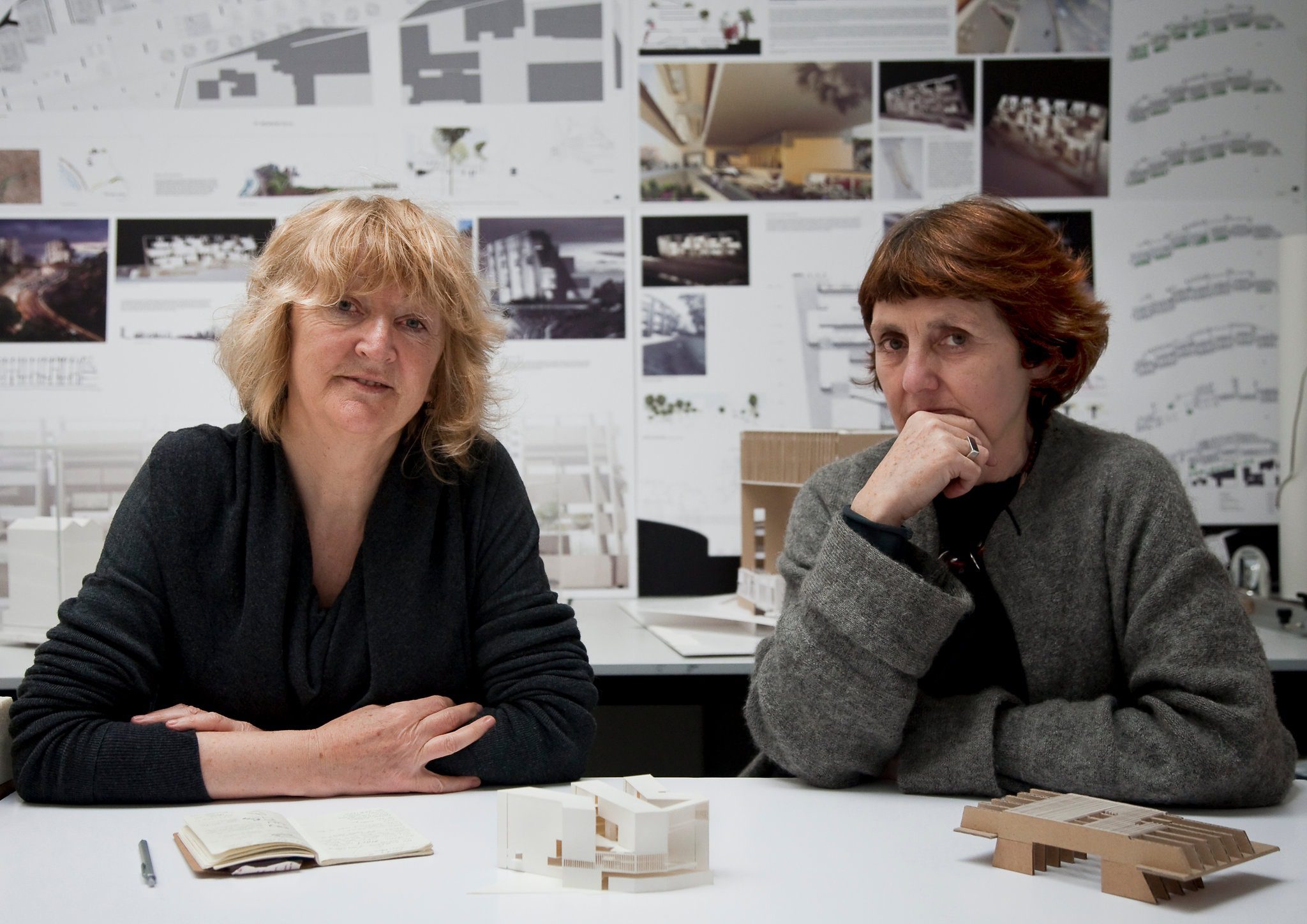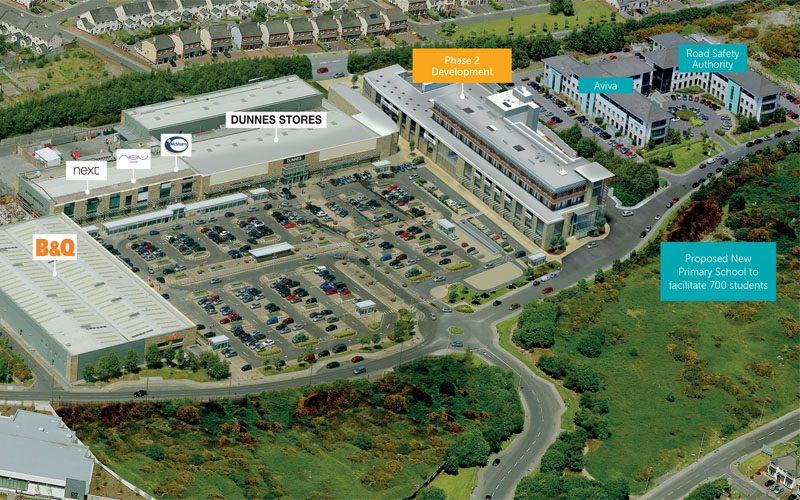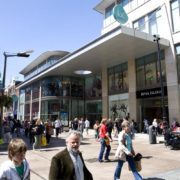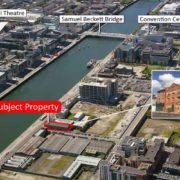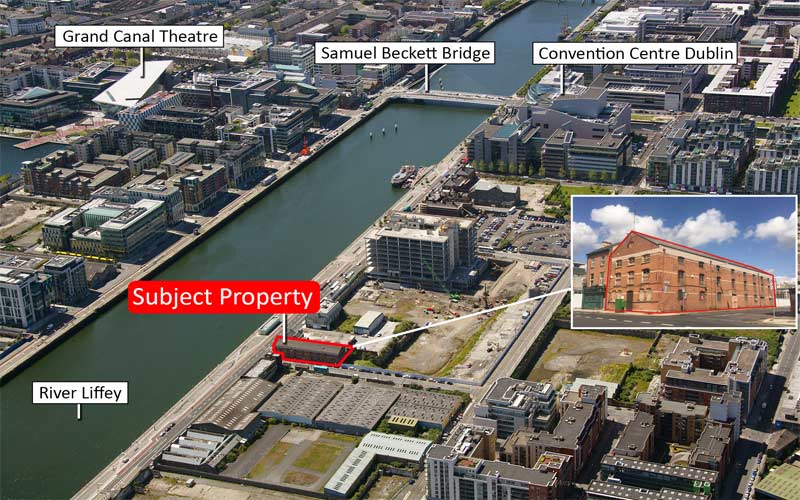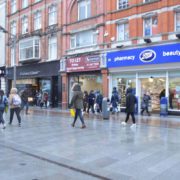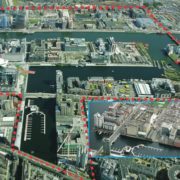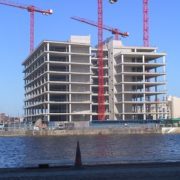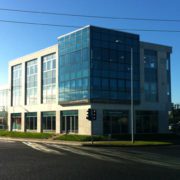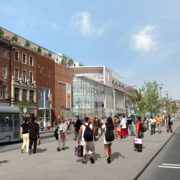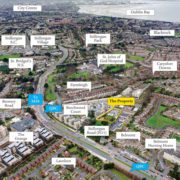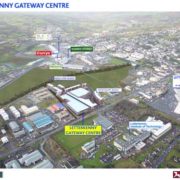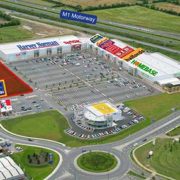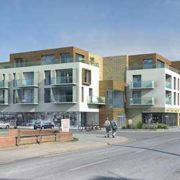In advance of the rebranding, the organisation undertook a survey of shoppers from the Greater Dublin Area -including counties Kildare, Wicklow and Meath – and found that 59% of them visited the area at least once a month and 28% at least once a week.
Those numbers were below those of the south city area, with 33% visiting each week and 64% of shoppers each month. Nevertheless, Dublin One is well ahead when compared to the numbers visiting Dundrum, Blanchardstown and Liffey Valley.
“Retail is seen as stronger on the northside, but hospitality is stronger on the southside,” says Richard Guiney, managing director of Dublin Town.
This is reflected by 66% of shoppers who say that they like the shops and variety of shops on the north side. Only 54% like the southside shops, despite Grafton Street having the city’s prime retail properties.
Darragh Cronin of Savills agrees that Henry St is more popular with real shoppers. “While Grafton St may have a higher footfall, people go to Henry Street to shop and spending per capita of visitors is higher in Henry Street. Demand is strong for retail units on the street and on that part of Mary Street as far as the junction with Jervis Street,” he says.
Rents can vary, but some stores are achieving rents which are nearly double the average trough seen during the crash.
Last February, the Ann Summers chain moved into 3 Henry St, a shop which is owned by Irish Life, in a move which is expected to double turnover at the ‘pleasure emporium’. It was reported to be paying about €375,000 in annual rent, which works out at about €450 per sq.ft for Zone A, the most shopped in section of a store.
During August, The Health Store and GNC supplements chain took a 10-year lease on Irish life’s 21 Henry St, which has a ground-floor retail area of 979 sq.ft and a total of 3,562 sq.ft over four floors, at a total rent of €210,000 in a letting negotiated by Bannon.
In November 2015, the Dealz chain took a store at 39 Mary Street for around €358 per sq.ft and currently Holland and Barrett are looking to upsize on Henry Street.
Cronin estimates that rents have increased by about 30% on the street in the last 12 to 18 months. However top rents are not available for every store.
“Most of the chains are seeking stores of about 1,500 sq.ft and those types of stores can command the higher rents whereas smaller stores will not generate the same interest or rents,” he adds.
Part of the reason for Henry Street’s stronger retail activity is that more of the street’s shops are designed and built to suit the demands of international retail chains.
“More of them have larger floor plates and shop fronts as well as more glazing compared to Grafton,” Cronin adds.
Another factor is access. Traffic and parking is seen as more of an issue on south side of the city, whereas shoppers appear to consider the northside shops to be as accessible as the key M50 shopping centres.
The south city is ahead when it comes to restaurants, cafes and bars, with 38% preferring those on the southside, compared to 26% liking those on the northside.
“This indicates a need for more quality restaurants and hospitality outlets on the northside, especially in places such as Liffey Street and Middle Abbey Street,” according to Guiney.
Developer solicitor Noel Smyth has signalled the possibility of a hotel on Middle Abbey Street, and the architectural frontage of the former Independent Newspapers building would lend itself to a stylish hotel front. He is also reported to be planning to separate and revamp a part of the existing Arnotts store which would see Arnotts consolidate within its original footprint. He says it’s too soon to comment on plans.
However, he’s not the only one with major projects in the pipeline which will enhance Dublin One’s pulling power.
As well as Deidre Foley’s well-flagged hotel, office and retail development for Clerys former department store on O’Connell Street, Tetrarch Hospitality plans a hotel at the back of Clerys on Sackville Place looking out on a new Luas stop.
In addition Hammerson and developer Joe O’Reilly have had their planning permission extended for their major retail and restaurant development at the Dublin Central site connecting O’Connell Street to both Moore Street and the ILAC Centre, where Hammerson and Allianz have a 50% stake.
The east side of O’Connell Street also looks set for a boost following Mike Ashley of Sports Direct purchasing the former Boyers Store on North Earl Street. This may well strengthen the reputation of this street for value for money shops and attract more apparel stores to the street. In addition Marlborough Street is also likely to benefit from shoppers who catch a tram at Sackville Place.
The Dublin One area is also set for a demographic transformation with the provision of more than 3,300 student accommodation units in the pipeline for 10 projects within its immediate vicinity.
Report in the Independent



